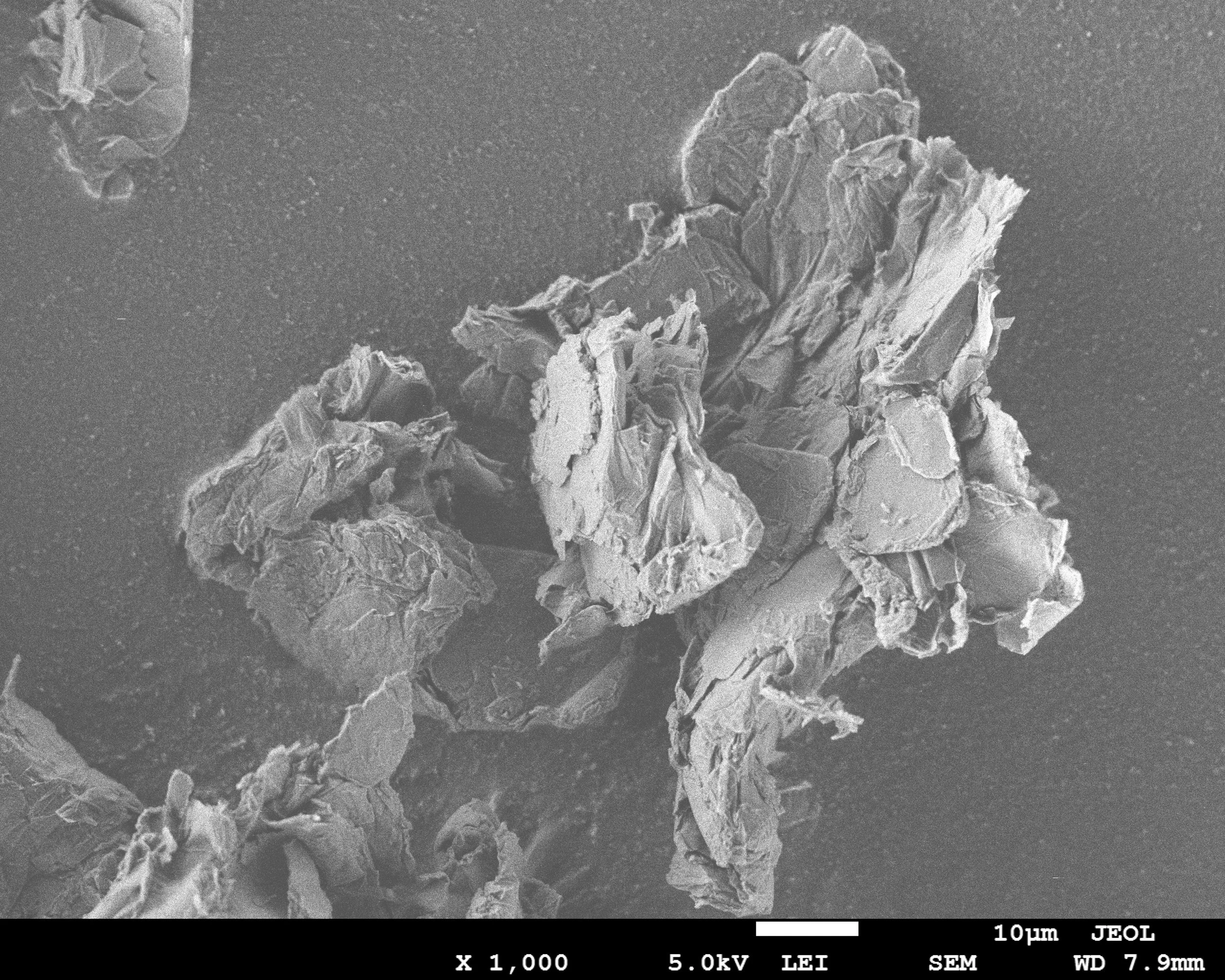
Nanoparticle Functionalization
To increase the functionality of the nanoparticle.
What does that mean?
“Functionalization” of nanoparticles changes the particle’s conductivity, magneticity, corrosion resistance, or mechanical performance, usually by changing its chemical structure.
Further tailoring the nanomaterial!
How does that relate to Nature?
Going back to Nacre, the aragonite tablets are themselves composed of the matrix material as well, allowing efficient bonding to the matrix.
How can we use this?
Due to the stable chemical structure of Graphene, it has limited bonding points to its surrounding environment. This results in a lack of stress transfer between the graphene nanoplatelet and the matrix, encourages strain mismatch, and produces debonding between the two phases. To limit this, or at least require more energy for this to occur, I functionalized graphene with Silane (GPTMS), a coupling agent that acts as a bridge between graphene and the epoxy matrix.
How is this accomplished?
Graphene -> Graphene Oxide-> Silane-f-GnP
Oxidation through the Staudenmaier Method, Silane functionalization through GPTMS under a nitrogen atmosphere
Publications:
Incoming…




